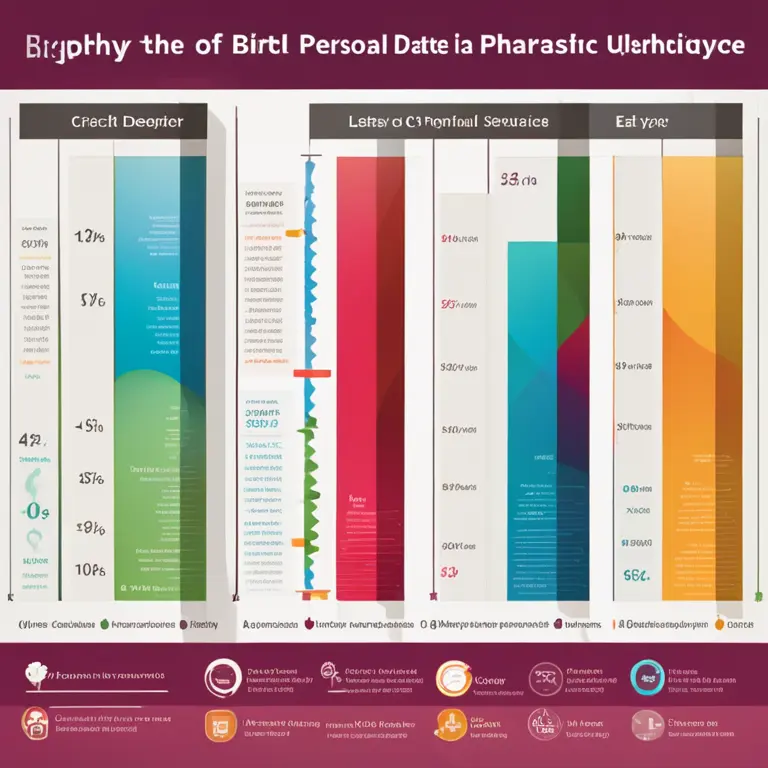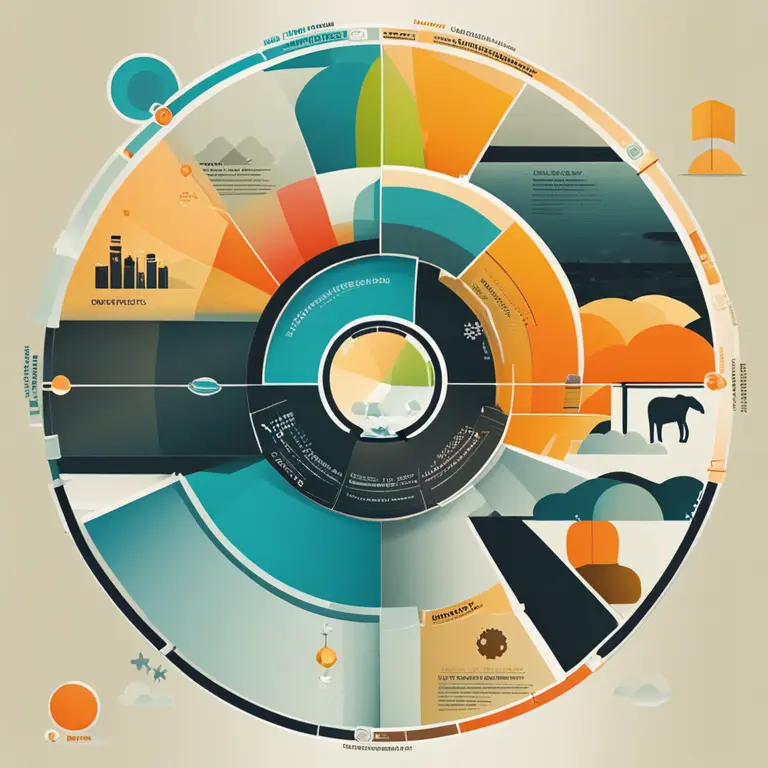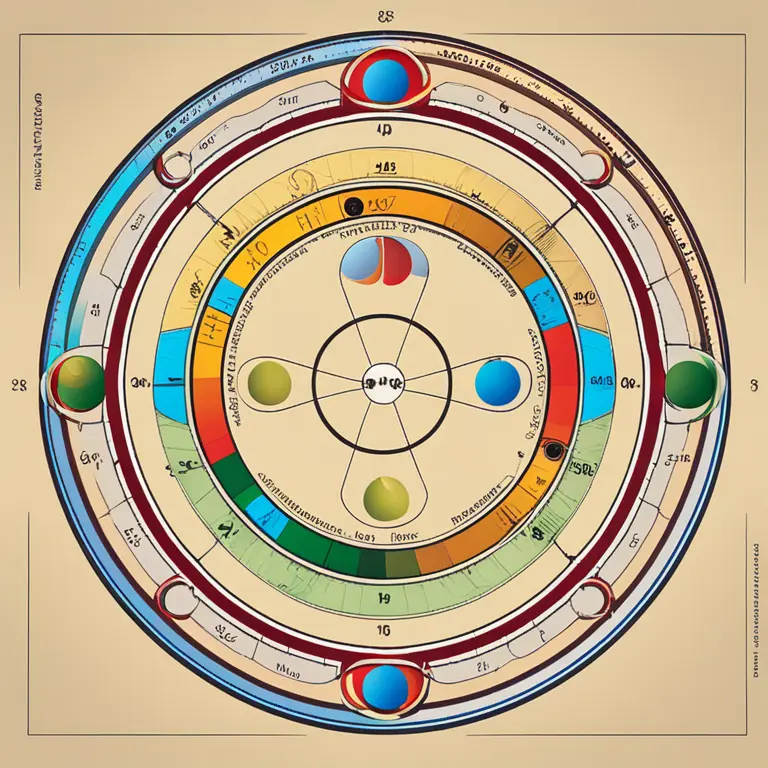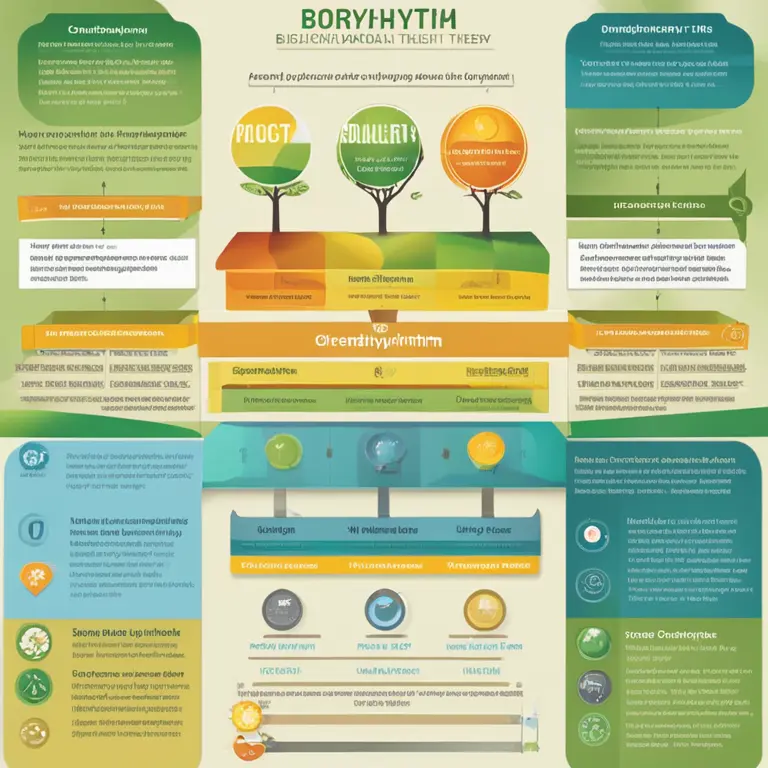
The Essence of Biorhythms: A Guide to Biological Cycles
An in-depth look at biorhythms—personalized biological cycles that supposedly influence our physical, emotional, and intellectual states, and their role in daily life.
article by Adrian Wallace
Origins of Biorhythm Theory
The concept of biorhythms first emerged in the late 19th century, but it gained popularity in the 20th century as people sought new ways to understand the human body and mind. At its core, biorhythm theory posits that our daily lives are affected by rhythmic biological cycles. Proponents believe that by tracking these cycles, one can predict and manage various aspects of personal well-being. This holistic approach aligns with the era of personalized health and wellness strategies burgeoning in 2024 and beyond.

Three Primary Biorhythmic Cycles
Biorhythms are generally segmented into three primary cycles: the physical, emotional, and intellectual. Each cycle has a different duration; the physical cycle lasts 23 days, the emotional cycle is 28 days, and the intellectual cycle spans 33 days. These cycles are theorized to influence factors such as stamina, mood, and analytical abilities, respectively. Understanding the intricacies of each cycle could ostensibly enable individuals to anticipate times of peak performance or vulnerability in each area.

Calculating Personal Biorhythms
To determine one's personal biorhythms, practitioners typically require just a birth date. From this data point, calculators and algorithms project the various cycles, illustrating high, low, and critical phases. In recent years, smartphone applications and online services have simplified this process, allowing individuals to monitor their cycles with ease. The accessibility of such technology has mainstreamed biorhythmic tracking, allowing it to be integrated into daily health and wellness routines.

Critical Days and Adapted Behavior
Critical days—when a biorhythm cycle transitions from high to low or vice versa—are believed to be periods of heightened risk and unpredictability. Biorhythm adherents often use this knowledge to tailor activities or decisions to more favorable days. For example, choosing not to engage in high-risk sports during a critical phase of the physical cycle might reduce the likelihood of injury.

Biorhythms and Compatibility
Beyond individual analysis, biorhythm theory extends to interpersonal relationships. The notion of biorhythmic compatibility suggests that the synchronization or discordance of cycles between individuals could influence the dynamics of relationships. While empirical evidence supporting this concept is sparse, it's a field that continues to attract interest, especially in the realms of love, teamwork, and social interactions.
Skepticism and Scientific Scrutiny
Despite its enduring fascination, biorhythm theory is not without skeptics. Many scientists and researchers question the validity and practicality of biorhythms, citing a lack of empirical evidence and reproducible results. Critics argue that any perceived correlations between biorhythms and daily life are likely attributable to confirmation bias or the placebo effect. Consequently, the scientific community typically regards biorhythm theory as pseudoscience.
Embracing a Holistic View
Whether one views biorhythms as a valuable tool or a curious pseudoscience, their presence in contemporary discourse embodies a broader desire to adopt a holistic perspective on health and personal development. As we continue into 2024 and beyond, the intertwining of technology and ancient theories like biorhythms seems set to expand, offering personalized insights that many will integrate into their quest for optimal living.
Published: 1/25/2024
Modified: 1/25/2024
More predictions
Come back here soon to learn more about yourself and your future


The Basis of Biorhythms: An Insight into Biological Cycles
Delve into the concept of biorhythms, the belief in rhythmic biological processes that purportedly influence human physiology and behavior.


The Basis of Biorhythms: Biological Cycles Explored
Delve into the foundations of biorhythms and discover how these natural cycles influence our daily lives and well-being.


The Rhythms Within: Biorhythm Horoscope Insights
Tap into the cosmic wisdom of biorhythms to understand your emotional, physical, and intellectual cycles for enhanced well-being and foresight.